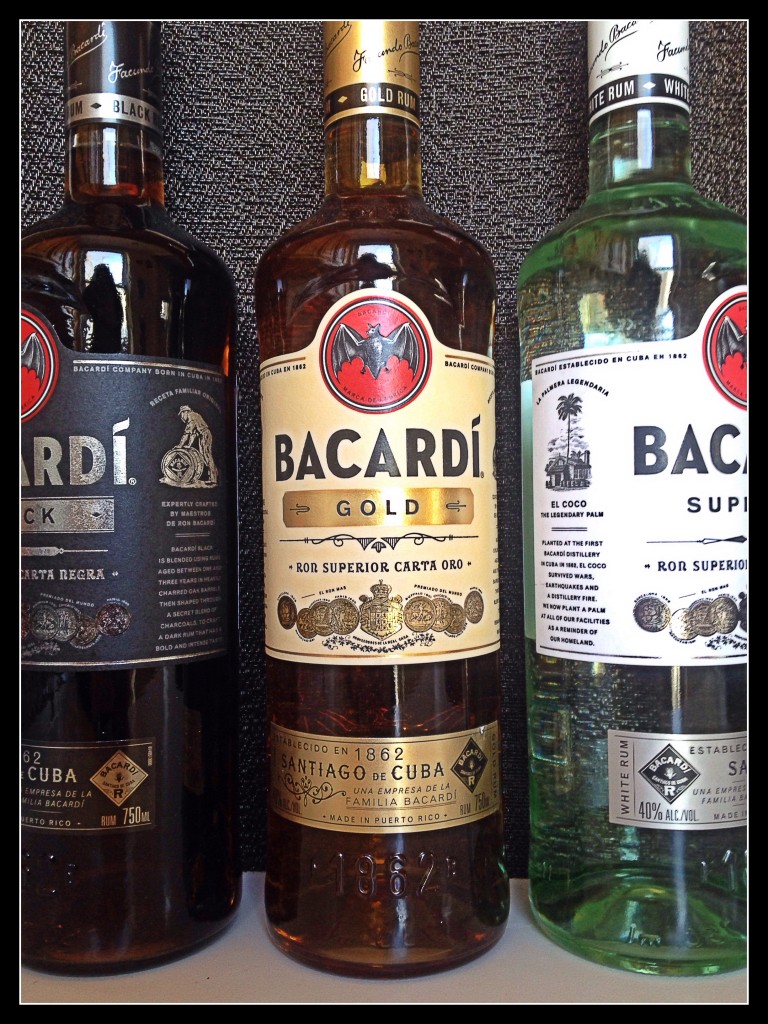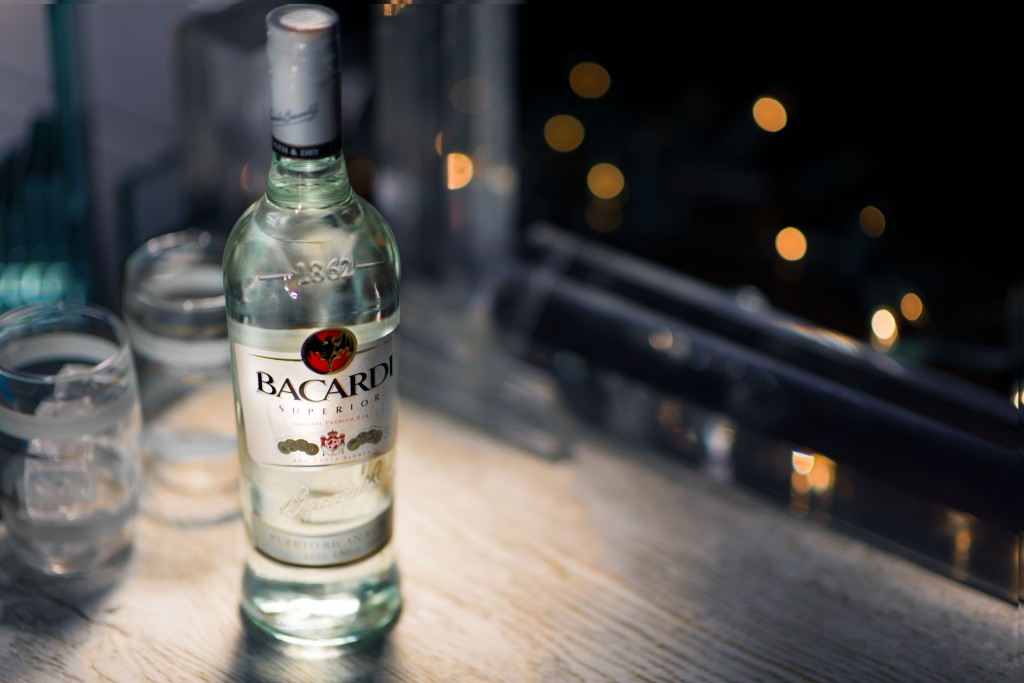Old Bats Get a New Look
While many established liquor brands seem to confuse innovation with new flavor combinations, two tried and true products have upped the ante simply by getting a makeover. This month we’ll start to see new bottle designs from Bacardí rum and Old Grand-Dad Bourbon hitting the shelves. The liquid inside the bottles is the same as before, we haven’t been New Coked (or Lillet Blanc-ed), they just want to look prettier for their fans.
All three labels of Bacardí’s core offerings - Black, Superior and Gold - were changed for the first time in over a decade. The new art deco design is a throwback to the brand’s golden age in Cuba in the 1920s, where its main Santiago de Cuba distillery was located (it is now produced in Puerto Rico.) Havana was also the location of the primary Bacardí sales office and the grand black and gold Edificio Bacardí bar. Thirsty Prohibition-affected Americans would flock there to get their fix for rum cocktails, and it was known for its wild parties that were said to last for days on end.
The design also prominently features a bolder look for the iconic bat logo, which now appears as a fetching early 1900s retro pen and ink etching within a crimson disk. The official statement is that it’s simply a symbol of good luck. However, if you dig deeper, you’ll learn that the species of bat depicted is a Mexican free-tailed bat, the type that pollinates the fields of sugar cane, the main ingredient in the molasses used to make the rum. Bats were also undoubtedly hanging out in the rafters of the old Cuban distillery. While many consider them to be sinister rodents, they were probably just harmless companions watching over the rum.
In addition, in keeping with an initiative for sustainability, the new Bacardí labels are made from recycled cane fiber.
On the bourbon front, Old Grand-Dad has also given its Bonded version an update. The effect here is more subtle, with a sleeker appearance, a new cork stopper and a snazzier portrait of Old Grand-Dad himself. Who is that? Well, according to the press release, it’s named for Basil Hayden, the grandfather of 3rd generation distiller Colonel R.B. Hayden, because he apparently “was known for distilling bourbon with a high rye content.” The claim about the rye content has been called into question by our friend Chuck Cowdery, because there is no solid documented evidence to support how long Old Grand-Dad has been using this particular recipe and whether it is anything like what Basil Hayden preferred (read Cowdery’s post to learn a really fascinating history of Basil Hayden and the brand.)
Whether or not the claim about the origin of the chosen mash bill is true, this is a recipe they’ve been using since at least the mid 1980s with a high rye content for added spice. The difference between this version and the regular Old Grand-Dad is that it’s bottled in bond. This means, according to the Bottled-in-Bond Act of 1897, it is required to contain liquid that is from one distillation, from one distiller, at one distillery. Instead of just a few distillery bats watching over, the bourbon is aged at least 4 years under strict supervision in a U.S. government bonded warehouse (another crucial piece of the facts missing from the press release) and bottled at 100 proof. Bonded whiskeys are more robust than average, and are a favorite with bartenders for how well their flavors stand up to other ingredients in cocktails.
Regardless of what are perhaps some fairly excusable liberties taken with the brand messaging stories, one thing is certain, the bottles are fab! Looking good, old chums! Nice to notice you again.




